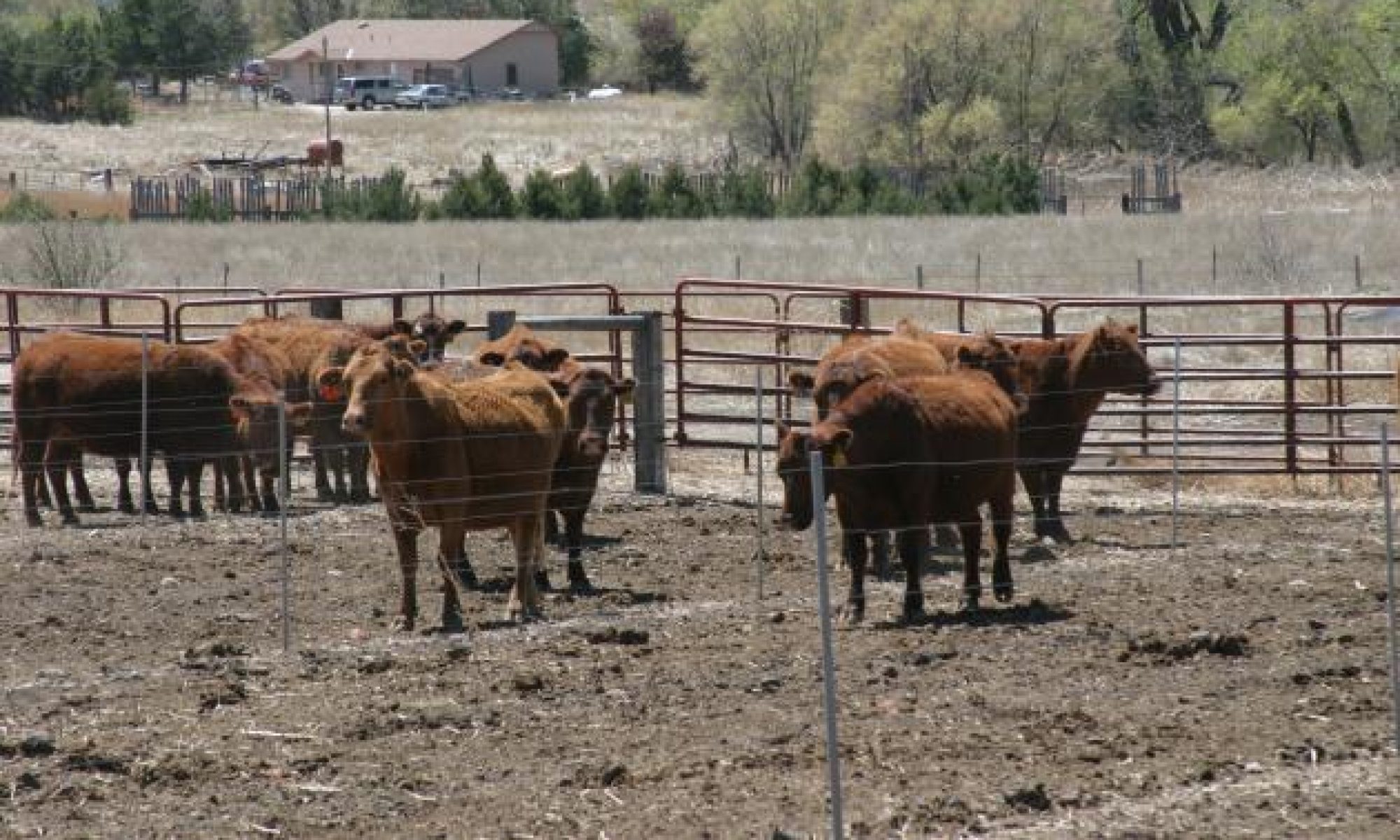
Strategies to deal with drought are hardly ever palatable or easy to implement. With much of the country experiencing below normal precipitation and hot temperatures, many people are either experiencing drought conditions or are on the verge of a drought. Dealing with drought typically involves managing reduced forage production as well as other effects on both cattle and pastures.
You Have Options
Reduced forage production which accompanies drought conditions necessitates reducing stocking rates or providing supplemental feeds as a means of replacing forage which was lost due to the lack of moisture. Reducing stocking rates is usually accomplished by culling, selling yearlings, or early weaning. Short- and long-term drought plans should evaluate each of these options.
Short Term Strategies
Providing supplemental feed is a means of dealing with the lack of forage. In some cases, supplements may help deal with the lack of forage quality and/or quantity. In others, supplemental feeds may be used strategically by certain groups of animals in most need of additional nutrients. In addition, moving cattle to other feed resources (e.g. drylot feeding or movement to areas not affected by drought) may also be options.
Long Term Strategies
Long term strategies for dealing with drought should include a plan for culling when forage is inadequate, as well as a plan for coping with heat stress, lack of water, and other problems associated with drought. Culling decisions are never easy, but proper culling during a drought will improve the rate at which pastures recover once moisture patterns return to normal. Overstocking during a drought generally reduces plant vigor, increases weed infestations, and can reduce range condition.
